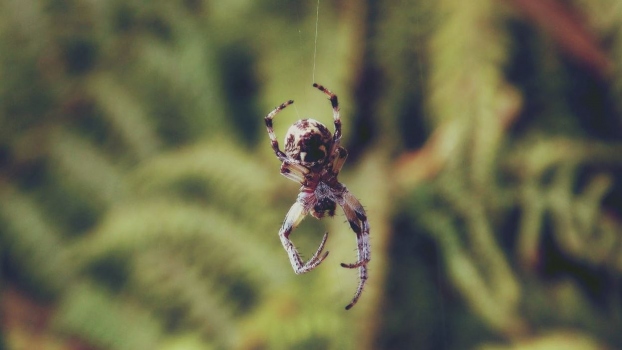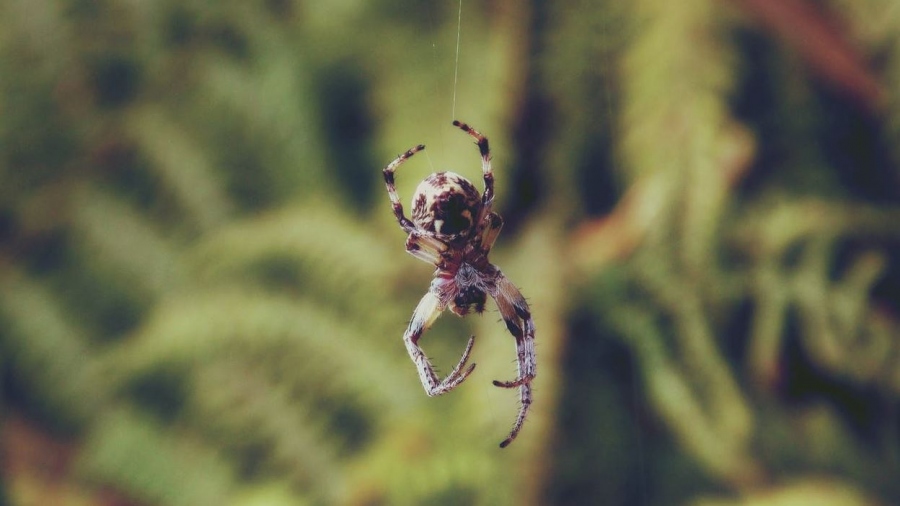In spite of freezing winter temperatures, many types of insect are still active. Insects like roaches are cold-blooded creatures that can survive extreme temperatures as long as they aren’t frozen solid. They find ways to cope, such as burrowing below the surface, into plants or trees, or into the warm spaces of your home. Every time the temperatures go up with the occasional thaw, they’re on the move again. Warm-blooded pests like rats and mice are a threat year-round. Even in the winter, you should take measures to protect your home and family. Here are five steps you can take.

Clean Up Food
For all types of pests, avoid leaving any food outside, especially close to the home. This includes disposal of garbage. Put any scraps or containers in smaller trash bags that can close tightly, and them put them in a covered bin or barrel kept several feet away from the house. If you’re like most dog and cat people, you might also be leaving pet food outside. This is a great feeding opportunity for rodents, so be sure to take pet food inside at night, and dispose of excess in the trash, not the snow. Set traps or poison bait stations wherever you see signs of rodent activity to reduce the local population.
Block Points of Access
Take a walk around the perimeter of your home to identify any points where pests might be able to gain access. A mouse may be able to wriggle through a hole the size of a dime. Repair any loose siding, stuff loose spaced around plumbing with insulation, and cover any vents with wire mesh. Roaches can nest and breed in the tiniest spaces, so be sure to seal up every crack with appropriate caulking products, such as cement, silicone, or all-weather caulking.
Keep Them Away from the House
In addition to keeping trash away from the home, don’t allow pests any other clear paths to your home. Be sure that all branches and shrubs are trimmed back so that they don’t provide natural paths to your windows or other possible entry points. Be sure to clear away any piles of debris near the house, as these could also provide shelter to pests. Ants and termites don’t hibernate, but gather together in colonies below the soil to keep warm. Look for “frass” at the base of your home, which is either tiny black droppings or finely chewed sawdust, to indicate signs of activity. You may also see thin tunnels branching up exterior walls. Contact an exterminator to keep the problem from spreading.
Clear Away Ice and Run Off
Water is also something that pests need to survive. As soon as the temperatures rise and the ice starts to melt, rodents and insects will be out looking for a drink. You may also draw larger pests like raccoons. Be sure you have adequate drainage for any melting ice, both from the roof and on the ground near the house. Digging a slight, pitched drainage ditch will help to keep this melt water from pooling next to your home. Never use pesticides with groundwater as it can leach into the soil.
Consult a Professional
Once pests gain access to your home, they’ve got warmth and shelter and are likely to stay put. If you aren’t sure what you should do, or suspect you’ve already experienced a pest infestation, contact a local pest control Charlotte NC company. They’ll be able to assess the situation, identify the nature of the intruders, and apply treatments to reverse the problem. Professionals can also advise you on how to better pest-proof your home for the future.
No matter how cold it gets, you’re never really safe from pests. Your home is an inviting target, so it’s important that you take measures to stop tiny invaders from ever getting in.

